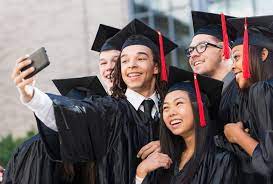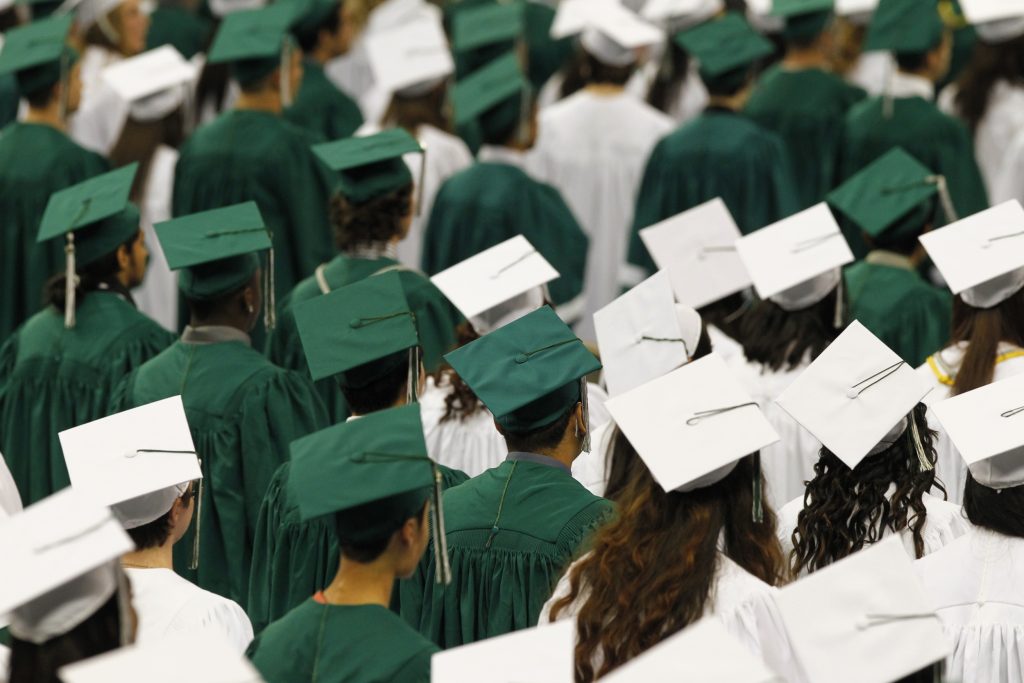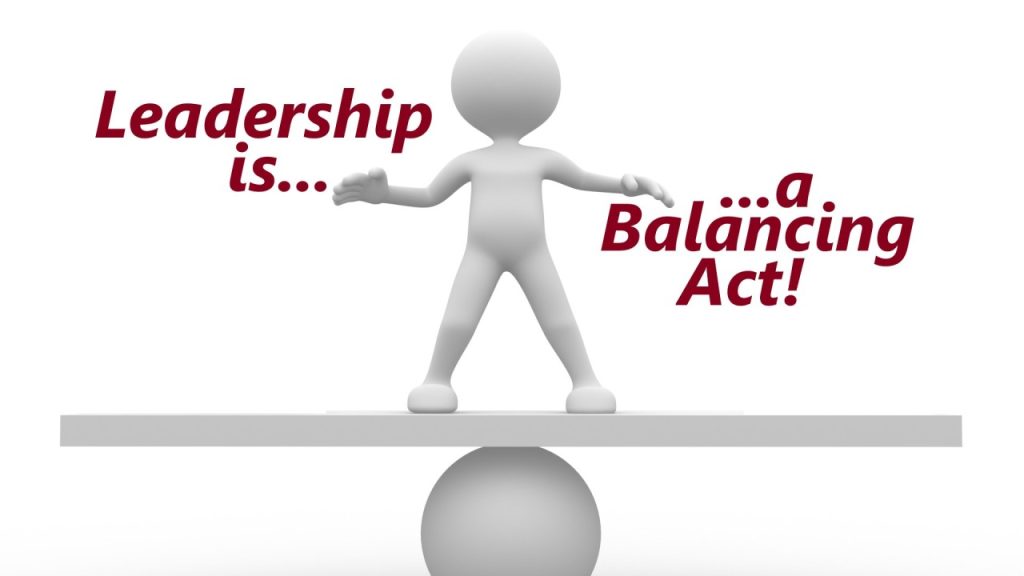The excitement of the fair is not just about the thrilling rides and attractions. At every corner of the fairgrounds, you can smell the enticing aroma of delicious treats that make the experience even more memorable. While we can’t teleport a Ferris wheel into our living rooms or take a rollercoaster ride to our office breakroom, we can capture the essence of the fair by bringing its delightful flavors home – or even better, to the teacher break room!
Whip out your aprons and bring a taste of the fair home with these mouthwatering recipes. Not only will they uplift your spirits, but you can also earn bonus points among colleagues when you share these scrumptious treats in your school’s teacher break room.
1. Funnel Cakes
The epitome of fair food, funnel cakes are a classic treat that everyone loves. Here’s how you can whipup this carnival favorite:
– 2 cups all-purpose flour
– 1/2 cup granulated sugar
– 2 tsp baking powder
– 1/2 tsp salt
– 1 cup whole milk
– 2 large eggs
– Vegetable oil for frying
– Powdered sugar for dusting
Mix dry ingredients together in a bowl, then add milk and eggs to create a smooth batter. Heat oil in a deep frying pan to around 375°F and slowly pour batter into hot oil through a funnel in circular motions. Cook for 1-3 minutes on each side until golden brown and transfer onto paper towels to cool. Dust with powdered sugar and enjoy!
2. Corn Dogs
Bring on those nostalgic memories with this classic savory snack!
What you’ll need:
– 8 hot dogs or sausages
– 8 wooden skewers
– 1 cup yellow cornmeal
– 1 cup all-purpose flour
– 1/4 cup sugar
– 4 teaspoons baking powder
– 1/4 teaspoon salt
– 1 cup milk
– 1 large egg
– Oil for frying
Combine cornmeal, flour, sugar, baking powder, salt, milk, and egg in a bowl. Skewer hot dogs and dip them into the batter until fully coated. Fry in hot oil at 350°F until golden brown and cooked through. Drain on paper towels before indulging in this classic treat.
3. Caramel Apples
Satisfy those sweet cravings with a batch of sticky caramel apples!
Ingredients:
– 8 medium-sized apples (tart varieties work best)
– 8 popsicle sticks
– 2 cups granulated sugar
– 1/2 cup corn syrup
– 1/2 cup water
– 14 oz can sweetened condensed milk
– Optional toppings: chopped nuts, mini chocolate chips, or sprinkles
Clean and skewer apples with popsicle sticks. Combine sugar, corn syrup, water, and condensed milk in a saucepan over medium heat. Stir until the mixture reaches a temperature of 248°F – use a candy thermometer for accuracy. Dip apples into the caramel mixture, then roll in your desired toppings and cool on parchment paper.
Now that you’ve brought the essence of the fair into your home or school break room with these delightful treats, enjoy sharing them with family or coworkers. You never know – you might just become everyone’s favorite culinary magician!











